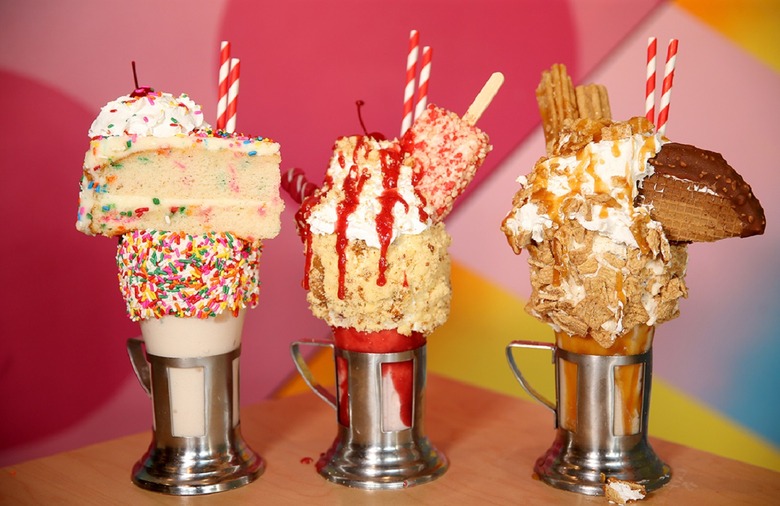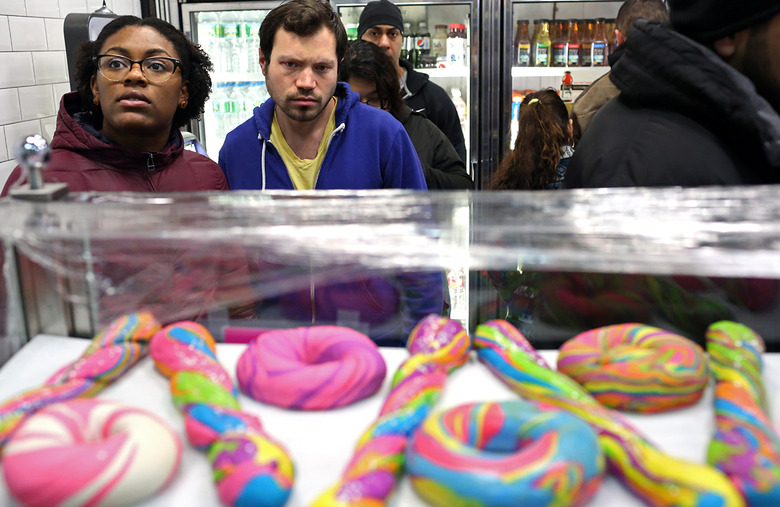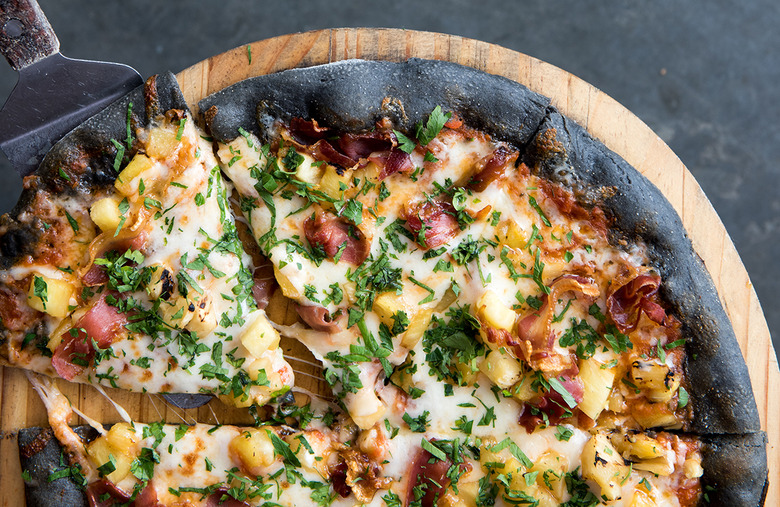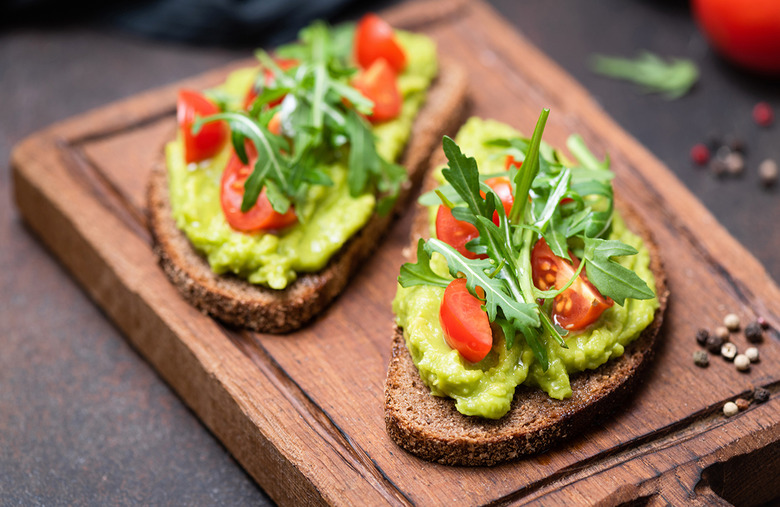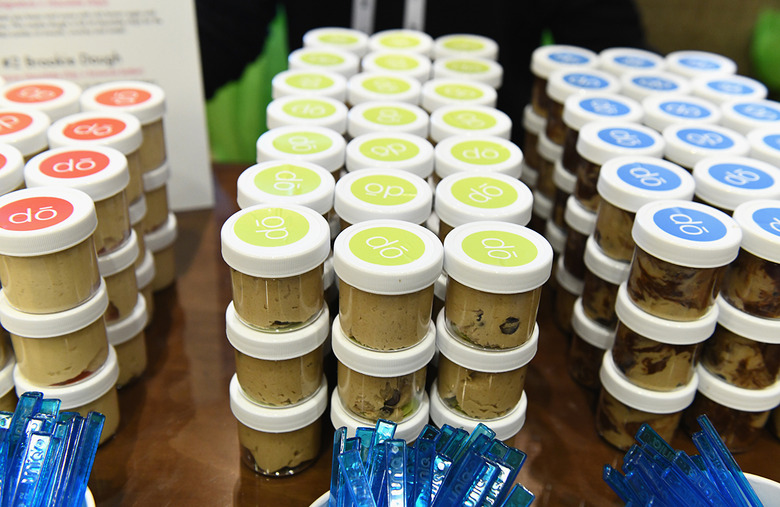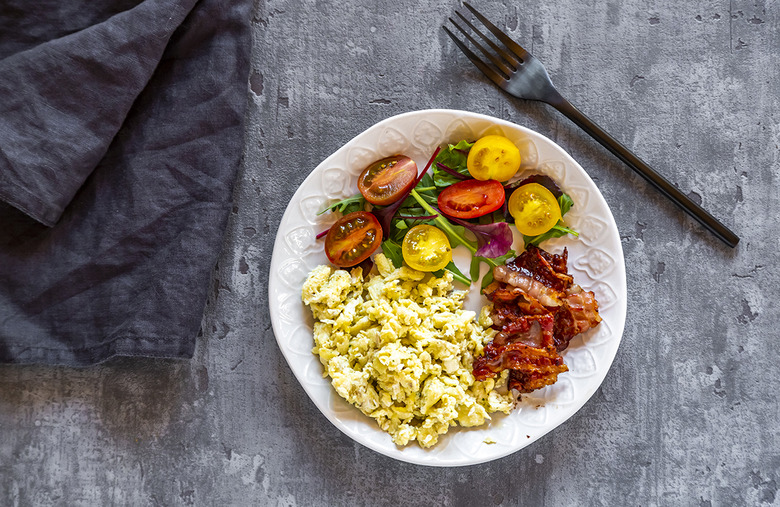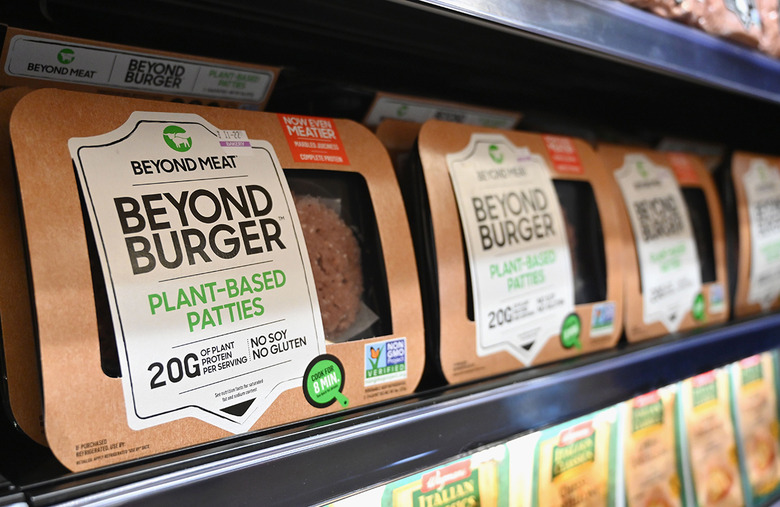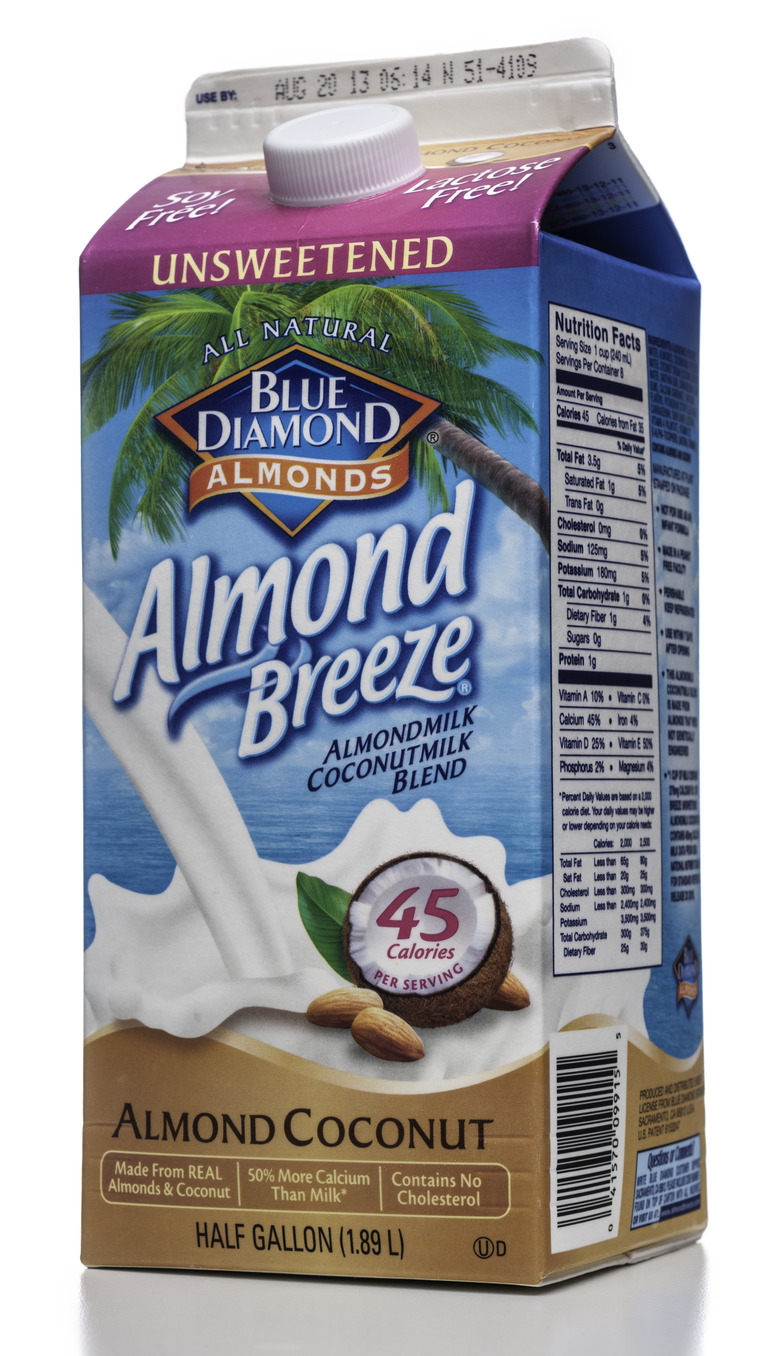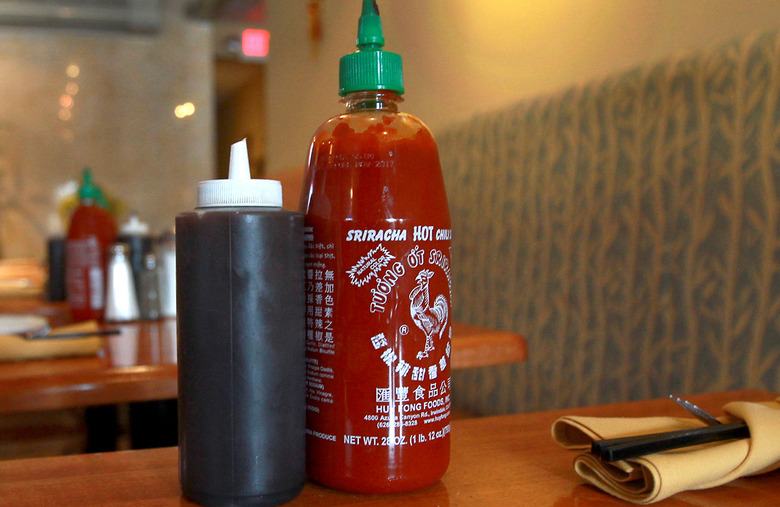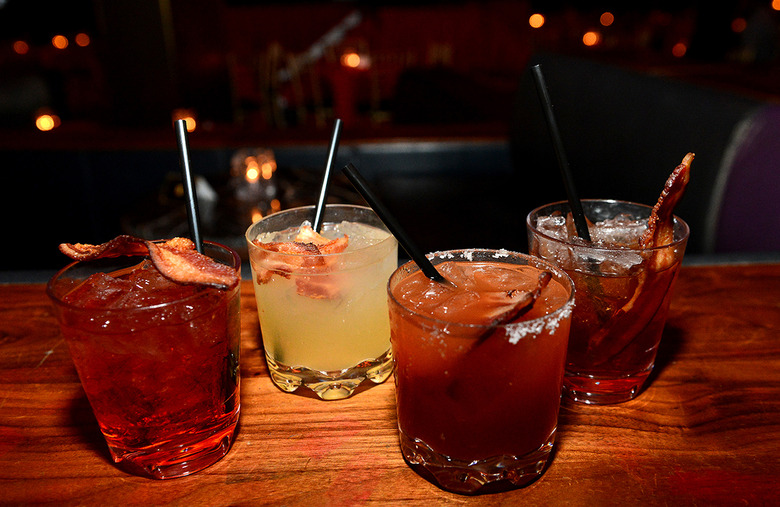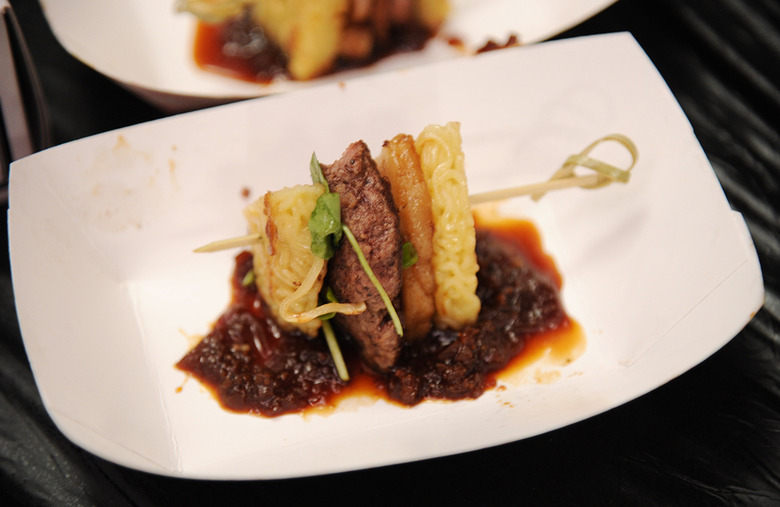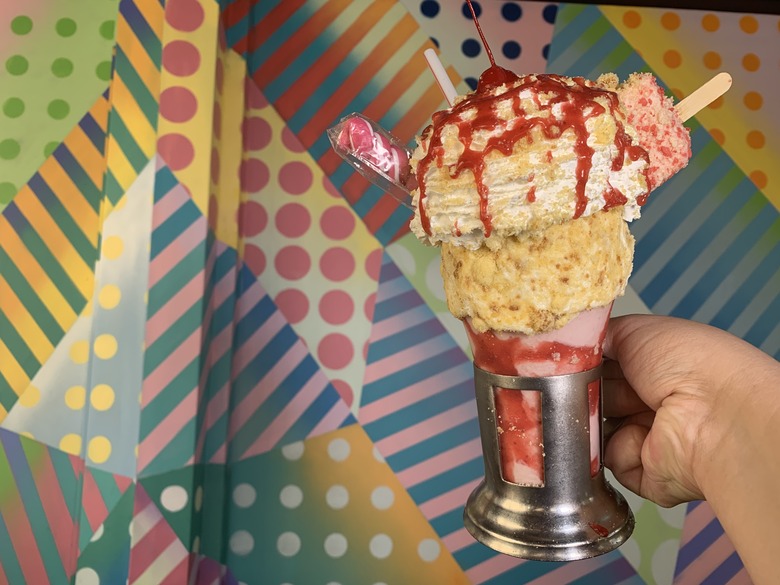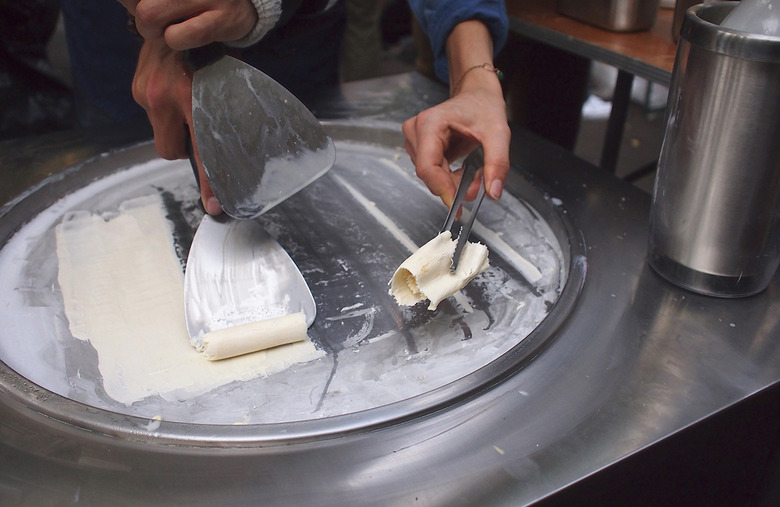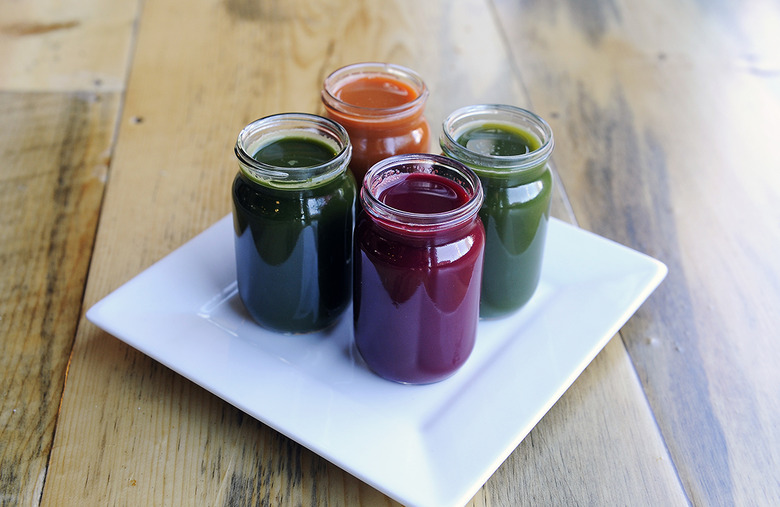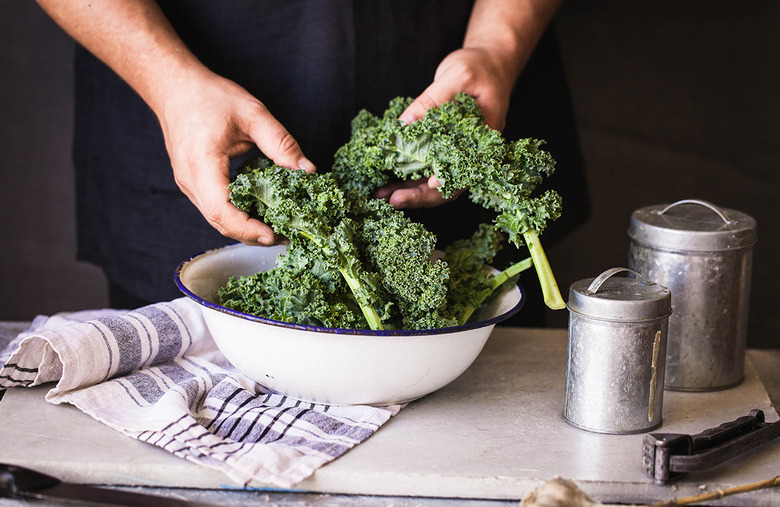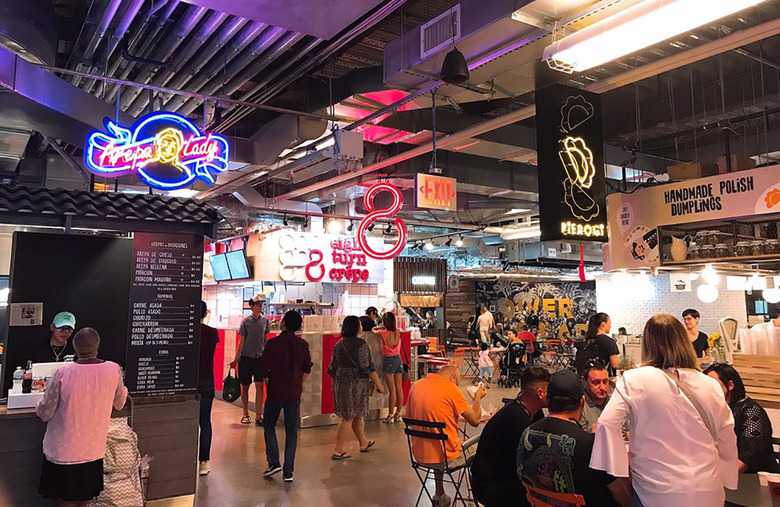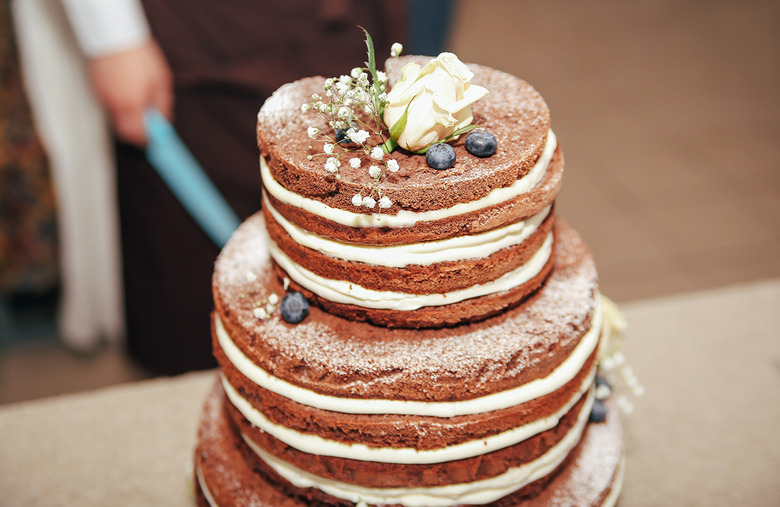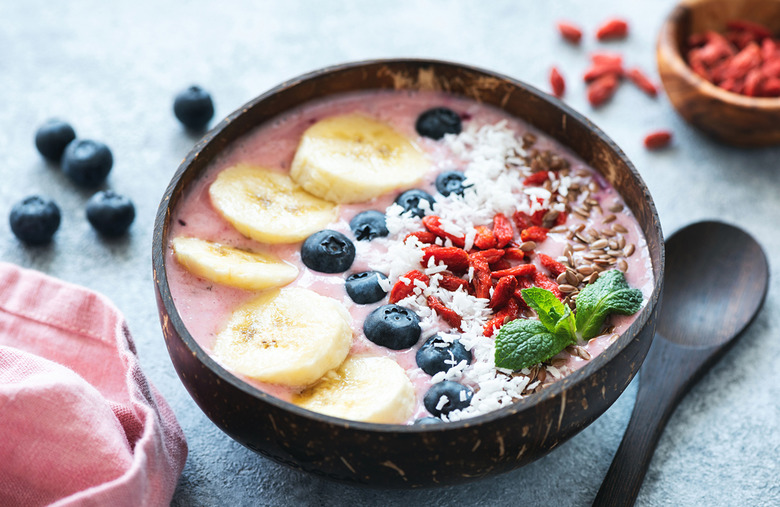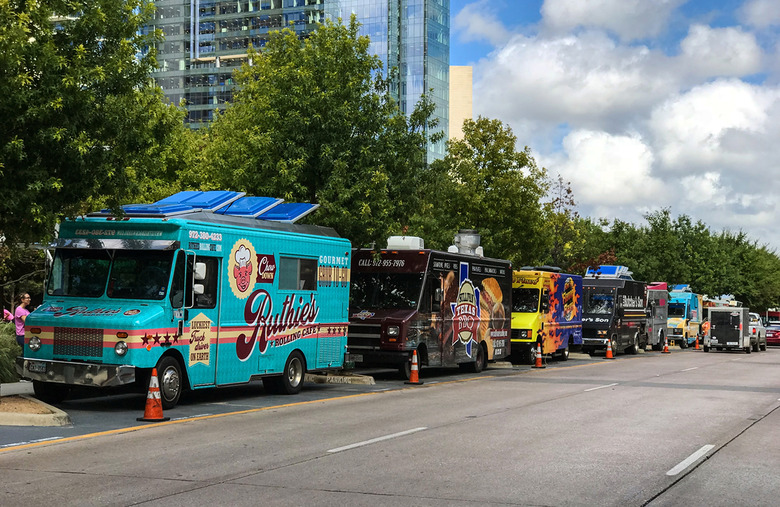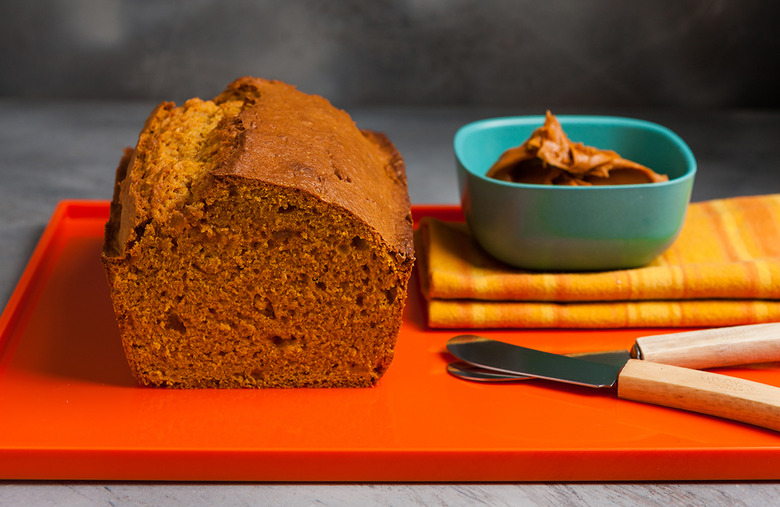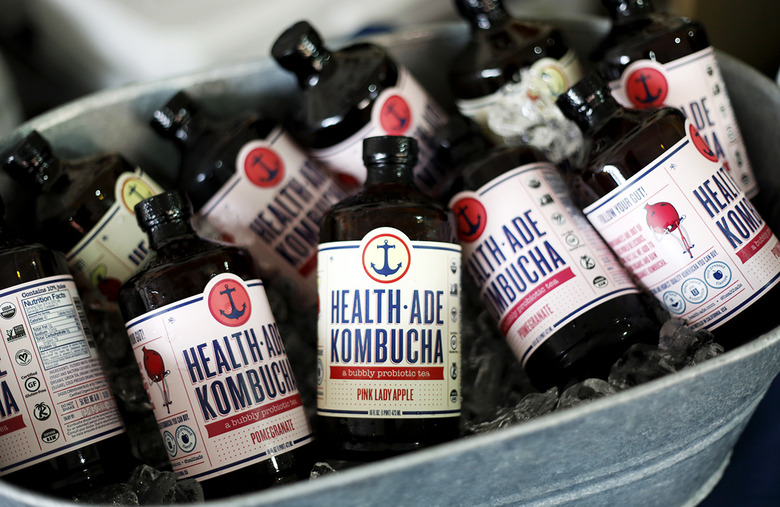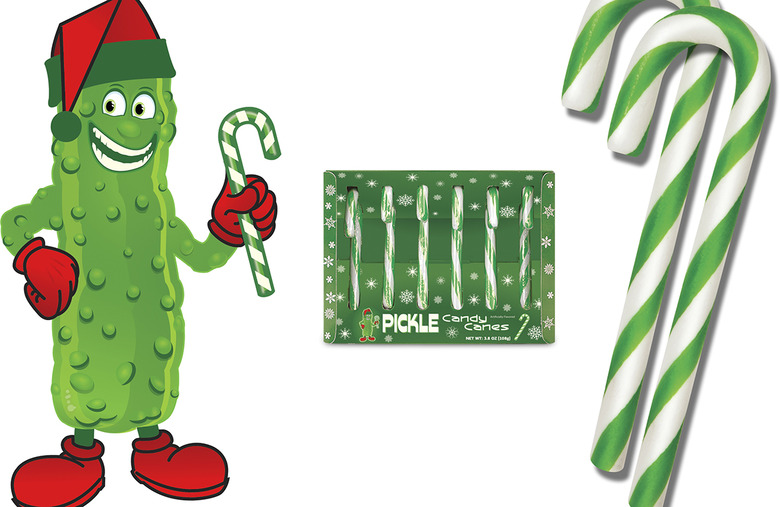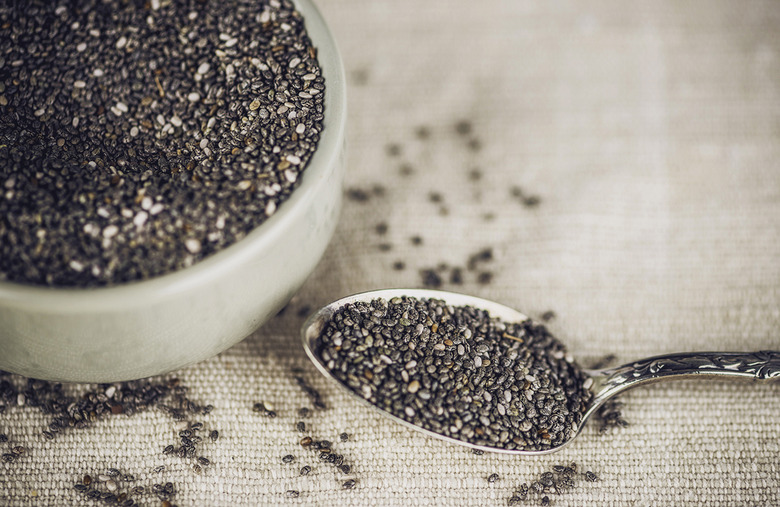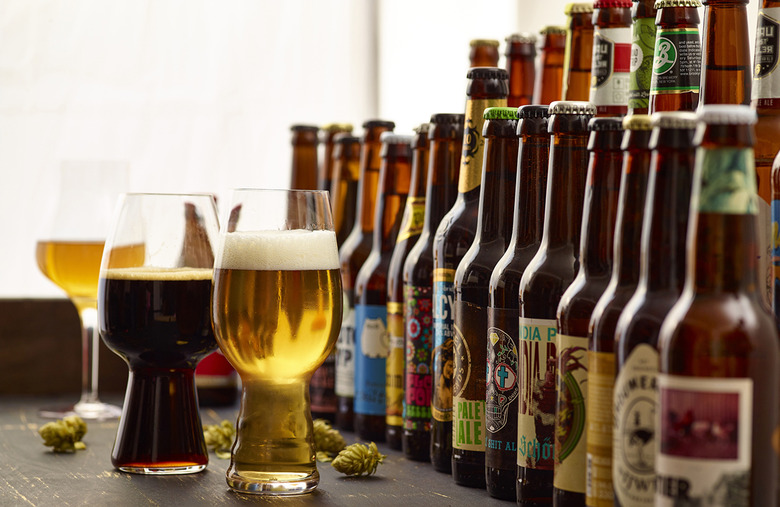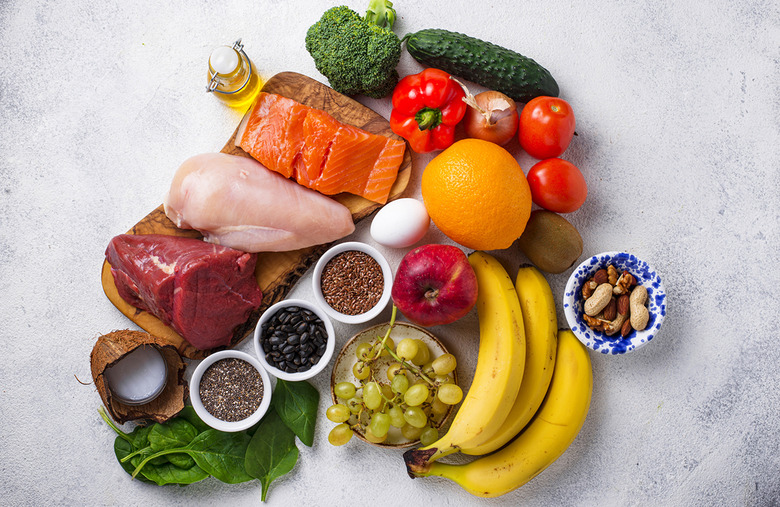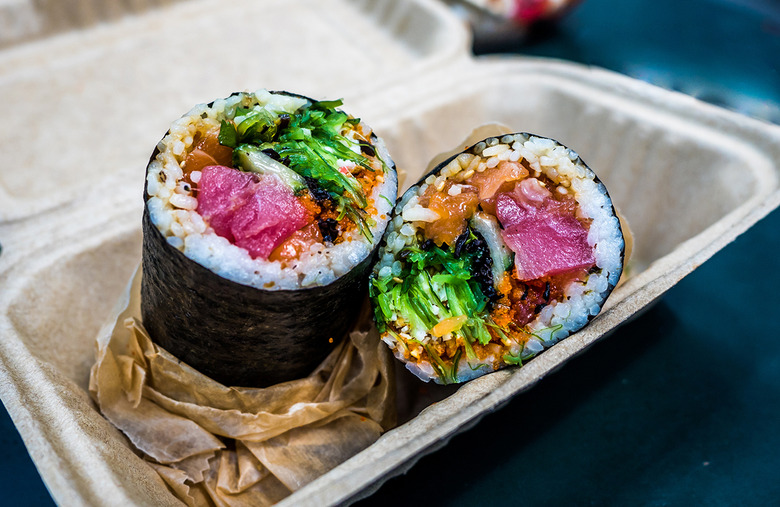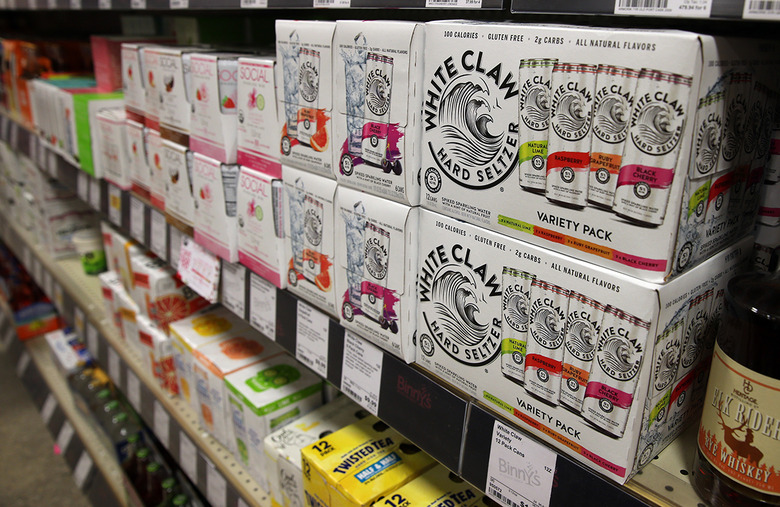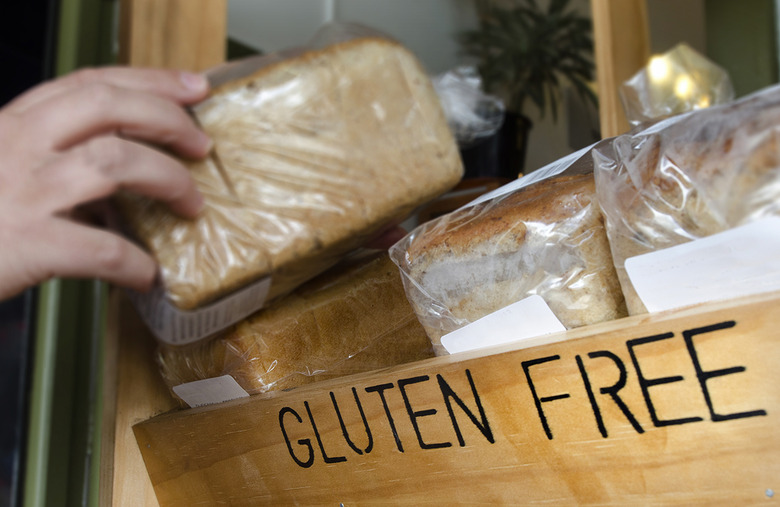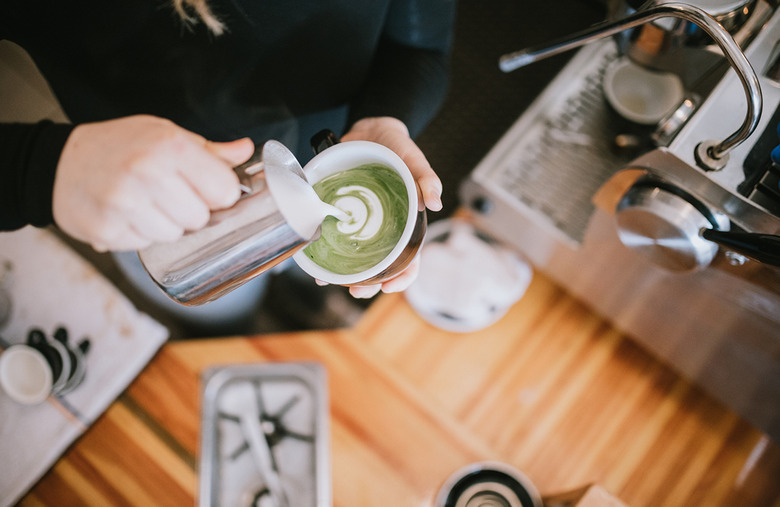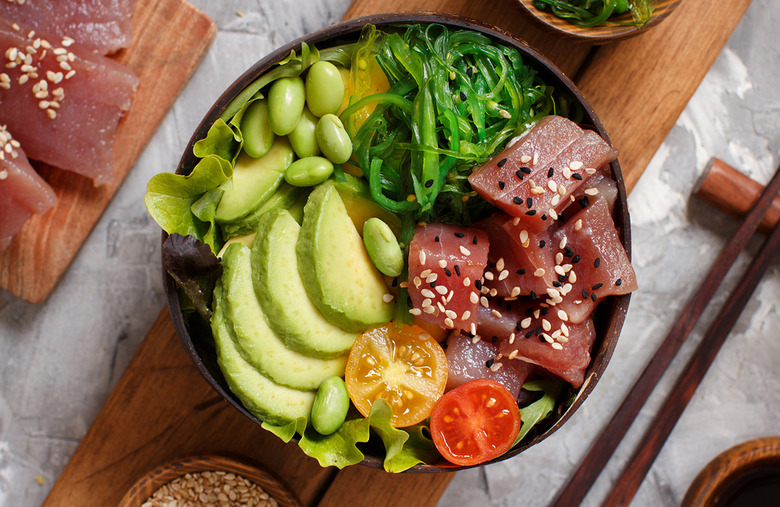The Biggest Food Trends Of The 2010s
It's hard to remember what you ate a week ago, let alone a whole decade ago. Haven't we always been sipping on LaCroix, photographing our avocado toast at brunch and chugging kale juice as we run to SoulCycle? Nope. Those are just some of the food trends that defined the 2010s. Remember Sriracha-flavored everything? Activated charcoal? Naked cakes? As yet another decade comes to a close, we took a look through our article archives, Instagram feeds and Google trends to see how the food world has changed and the crazy trendy foods and drinks you enjoyed.
‘Unicorn’ food
You can't walk through the grocery store today without seeing rainbow cereal, pudding, popcorn and even macaroni and cheese, represented by a pretty little unicorn. Thank the rise of Instagram, where pink, blue, yellow and purple food really pops on the grid. And don't forget to thank Brooklyn-based The Bagel Store, which claims to be the original creator of the ultimate unicorn food: the unicorn bagel, complete with "rainbowfetti" cream cheese.
Activated charcoal
If rainbows and unicorns are too colorful for you, activated charcoal was here for you, infused in ice cream, breads and cocktails. Made from coconut husks, activated charcoal can give your food a cool, gothic look, but it also is medically used for the emergency treatment of certain kinds of poisoning, so when ingested, it can absorb the nutrients in your body. So know the best and worst ways to use activated charcoal before dining.
Avocado toast
Avocado toast has all the traits of a 2010s dish. It's perceived as healthy, it's Instagrammable, it's available at every cafe yet easy to replicate at home. Though it's hard to track down the origin of the 2010s avocado toast boom in America, The Washington Post credits New York's Cafe Gitane for popularizing it and Gwyneth Paltrow for publishing a recipe in her 2013 cookbook, "It's All Good."
Edible cookie dough
Some of us have been eating raw cookie dough out of the bowl since we were kids, but the late 2010s saw the rise of Instagram-worthy, edible raw cookie dough. New York City-based Dō was perhaps the catalyst for this trend. When it opened in 2017, lines wrapped around the block as people gobbled up their cookie dough in ice cream cones and in sundae form. Now, you can buy ready-to-eat cookie dough from Ben & Jerry's and Nestle in your grocery store's freezer aisle.
Keto diet
This keto diet consists of 70-80% fat, 20% protein and about 5% carbohydrates and puts followers into a state of ketosis, in which the body switches from burning glucose for energy to ketones. Though it has been around for decades, the keto diet surged from a medically prescribed diet for those with treatment-resistant epilepsy and those with type 2 diabetes to a weight-loss regimen in the late 2010s.
Fake meat
Plant-based diets and fake meats became all the rage in the late 2010s. Long gone are the days when black bean burgers and soy chicken nuggets were the only faux-meat options for vegetarians, vegans and those who want to eat less meat. Impossible Foods, Beyond Meat, Nestle, Dr. Praeger and more developed products that were meant to replicate the taste and texture of beef. Fast food giants like Burger King and Dunkin' added these fake meats to their menu.
Alternative milks
Bye-bye, dairy. In addition to ditching meat for plant-based alternatives, the dairy industry was shaken thanks to the rising popularity of so-called "alternative milks" like cashew milk, coconut milk, oat milk, almond milk, rice milk and hemp milk. Dairy milk sales declined by $1.1 billion in 2018 while sales and interest for plant-based alternatives grew.
Sriracha
Sriracha became a condiment sensation in the mid-2010s. Also known as rooster sauce because of the label on the Huy Fong Sriracha bottle, this spicy Thai chili sauce was not only used for adding heat to dishes but was also incorporated into beer, potato chips, nuts and other snacks. You can even wear your love for Sriracha on shirts, socks and boxers.
Bacon
It's hard to imagine a time when bacon wasn't a cultural phenomenon, because the bacon bubble blew up in the early part of the decade and has yet to fully pop. While there are plenty of traditional ways to eat bacon, and bacon cheeseburgers and egg sandwiches have always been a thing, this decade saw the rise of bacon in cocktails, bacon in chocolate and bacon ice cream. That's not even to speak of all those bacon novelties. Bacon air freshener, anyone?
Ramen burgers
Ramen noodles and cheeseburgers have long been late-night staples for college students, but both those dishes were fused together and got a major culinary upgrade this decade thanks to chef Keizo Shimamoto and his original ramen burger, which was the thing to photograph and eat at Williamsburg's Smorgasburg. Often imitated but never replicated, the novelty of the ramen burger came and went in the 2010s. The restaurant based around this burger, Ramen Shack, closed in March 2019 after about three years in operation.
Massive milkshakes
Milkshakes, cakes, cookies and candy all used to be separate desserts. Not in the 2010s. Freakishly large milkshakes topped with sweet cereal, cookies, frosting, brownies and churros in addition to your classic whipped cream and cherry on top. Thank New York-based Black Tap, which opened in 2015 and had its signature CrazyShakes featured all over Instagram.
Rolled ice cream
Milkshakes didn't have a monopoly on Instagrammable ice cream this decade. Rolled ice cream, also known as stir-fried ice cream, is a Thai dessert that is made to be filmed and photographed (and eaten, we guess). Unlike traditional ice cream, this dessert is made by pouring creme anglaise onto an extremely cold metal circular surface, instantly freezing it as cooks stir it around and eventually scrape it up, forming the ice cream into rolls. The process is fascinating and soothing, and the viral videos of rolled ice cream helped launch this dessert into the mainstream.
Juicing
Remember when every frozen yogurt place turned into a juice bar? 2014 does. Google trends searches for "juice cleanse" peaked in January 2014. Cold-pressed, organic and brightly colored juices were sold at the trendiest places in Los Angeles and even popped up in Trader Joe's across the country thanks to their balance of healthy vitamins and photographability — sugar be damned. This trend reappeared later in the decade in the form of celery juice, a bright green elixir that fans believe has anti-inflammatory and antioxidant properties.
Kale
Once primarily used as a garnish, kale became cool in the 2010s. Like other healthy foods, kale made its grand debut thanks to Gwyneth Paltrow, who made kale chips on "Ellen" in 2011. The pop culture presence of kale didn't end there — Beyonce was seen rocking a kale sweatshirt in her 2014 music video for "7/11." This was no accident; the American Kale Association hired PR pro Oberon Sinclair to promote this vegetable, which admittedly is a superfood you should eat every day, rich in vitamins A, C, B6 and K. According to the United States Department of Agriculture, 15,325 acres of kale were harvested in 2017, compared to just 6,256 acres in 2012.
Food halls
Food halls — a one-stop-shop where you can buy meats, cheeses, prepared foods, specialty items and an incredible meal from local vendors — aren't new. West Side Market in Cleveland and Seattle's Pike Place Market have been around for decades. But the 2010s saw a boom of new wave food halls open up, from Denver's The Source (which opened in 2013) and Brooklyn's DeKalb Market (which opened in 2017), with trendy restaurants and food stands.
Naked cakes
When we take a look back at the biggest wedding trends of every decade, the 2010s will be defined by shabby chic, DIY weddings and the naked cake. These rustic cakes, with minimal frosting, flowers and fresh fruit are meant to show off the layers of cake. They took off like a rocket thanks to their ability to photograph well — #nakedcake has been hashtagged over 2 million times on Instagram. The trend was started in 2014 by Milk Bar's Christina Tosi, who thought that the cake should speak for itself, sans embellishment.
Smoothie bowls
Relatively unknown until 2016, Smoothie bowls are the ultimate Instagram food and have over 2 million tags on the platform. Bright, colorful and highly artful, these bowls are theoretically easy enough to make at home. It's fruit blended together and topped with more fruit. Of course, no photographable food is ever that easy. Influencers will go through great lengths and painstaking food styling to get that perfect shot.
Food trucks
Led by Roy Choi and his Korean taco truck Kogi, which opened at the end of the last decade, these mobile mini-restaurants turned from a novelty to a trend to a staple of the culinary world in the 2010s. The best food trucks in America are also serving some of the best pizza, sandwiches and tacos in the country. According to IBISWorld, food trucks are continuing to grow as an industry, and as of March 2019, over 23,000 food trucks are operating in America, doing over $1 billion in business annually.
Pumpkin spice
Though Starbucks first rolled out its infamous Pumpkin Spice Latte in 2003, we didn't see a big spike in this seasonal spice blend until the new decade. Google trends shows searches for pumpkin spice saw large bumps in September of every year, peaking in 2016, when pumpkin spice was basically a lifestyle. Though the trend is slowly falling, we still saw what seems to be an endless amount of pumpkin spice products on store shelves in 2019.
Fermented foods
The 2010s were the decade of gut health, apparently, as fermented foods like kombucha and kimchi went from specialties to staples at health food stores in the final years of the decade. Kombucha, a fizzy, fermented tea, slowly rose in popularity throughout the decade and peaked in January 2018 thanks to its probiotic properties. Kimchi, fermented cabbage served in a spicy sauce, has healthy probiotics and also rose in popularity throughout the decade along with other Korean dishes, one of the biggest dining trends of 2019.
Pickle
Pickles have been the perfect side for a cheeseburger since forever, but there was a pickle explosion late in the decade. In addition to relatively normal snacks like pickle popcorn and pickle potato chips, we got some truly bizarre briny treats, such as Sonic's pickle slushie in 2018 and even pickle candy canes.
Exotic grains
Chia seeds, farro and quinoa may seem like everyday parts of our diet at this point — who doesn't love a grain bowl or some overnight oats? But these so-called exotic grains started out the decade as obscure items buried in the health food section. Interest in chia seeds and quinoa rose at the start of the decade, peaking in 2014, while farro had a steadier rise and later peak, gaining popularity in January 2019.
Craft beer
In the best cities for beer lovers, it seems like every time you turn a corner, you hit another craft brewery. And that's not just your imagination: craft beer has seen substantial growth in the 2010s. According to the Brewers Association, there were over 7,300 craft breweries in 2018, compared to just 3,814 in 2014.
Whole30
The Whole30 diet, where you cut sugar, alcohol, grains, dairy and legumes out of your diet for 30 days in an attempt to reset your body and cravings, was invented by Melissa Hartwig Urban in 2009. It went largely unnoticed until January 2016 when it saw a spike in Google searches, which have increased every January since then (presumably for New Year's resolutions), peaking in 2018. Other trendy diets of the decade include the paleo diet, the alkaline diet and the Mediterranean Diet.
Tiny food
We're not just talking about sliders, tiny cupcakes and hors d'oeuvres. We're talking about microscopic foods made in fully furnished, functioning kitchens. Miniature Space, a Japanese Youtube channel, started in 2014 and made a splash on social media by making pancakes, soups, sandwiches and more in portions fit for a hamster. On a larger scale, food TV made way for food videos on social media, with hands and pans-style videos flooding Facebook feeds.
Sushi burritos
The rise of sushi and the rise of burritos are trends from another decade, but the fusion of the two didn't hit until the mid-2010s. Searches for "sushi burrito" were nearly non-existent until the spring of 2016, led by Hai Street Kitchen & Co out of Philadelphia, which opened in 2014 and billed itself as "sushi burrito specialists." Fusion, in general, was huge this decade, with Instagram-worthy foods like spaghetti doughnuts and cronuts making big splashes.
Hard seltzer
Hard soda came and went in the 2010s (remember the super-sweet Not Your Father's Root Beer?) and was taken over by a new alternative to beer and wine: hard seltzer. The summer of 2019 was dominated by the likes of White Claw, Truly and Bon & Viv, even though the concept of hard seltzer (beyond vodka sodas) was essentially unheard of before the end of the decade. Seltzer water in general, especially LaCroix, had a huge resurgence in 2018 and '19, seen as a healthier fizzy alternative to diet sodas.
Gluten got a bad rap
Gluten-free diets were typically reserved for those with celiac disease or a wheat allergy, but gluten-free diets and people claiming to have gluten sensitivity rose in the early part of the decade and continued. This is possibly due to the publication of a few books such as 2013's "Grain Brain" by David Perlmutter, which claims gluten sensitivity is to be blamed for an array of issues such as autism, infertility and schizophrenia. While many have adapted gluten-free foods into their diets, others have said these theories ignore science. Carbs have not had a good decade, also thanks in large part to the increase of those interested in keto and paleo diets and cauliflower substitutes for things like pizza crust and rice.
Matcha
Green tea and matcha have been around for centuries, but matcha exploded by the end of the decade. Brooklyn's MatchaBar opened in 2014 and helped usher in the trend of replacing coffee with this beverage, which is made of ground-up, powdered green tea leaves. Matcha exploded, expanding to grocery store aisles, Starbucks Frappucinos and desserts by the end of the decade.
Poke bowls
Poke, an old, regional Hawaiian dish consisting of raw sliced fish, vegetables and umami-packed sauces, emerged onto the national food scene in a big way in the latter half of the decade. Like the smoothie bowl before it, poke bowls live at the beautiful intersection of photographable, healthy and delicious, making it the perfect trendy food. It also has an Asian influence, one of the biggest restaurant trends at the end of the decade.
More from The Daily Meal:
The Most Anticipated Restaurants of 2020
The 101 Most Iconic Restaurant Dishes in America
